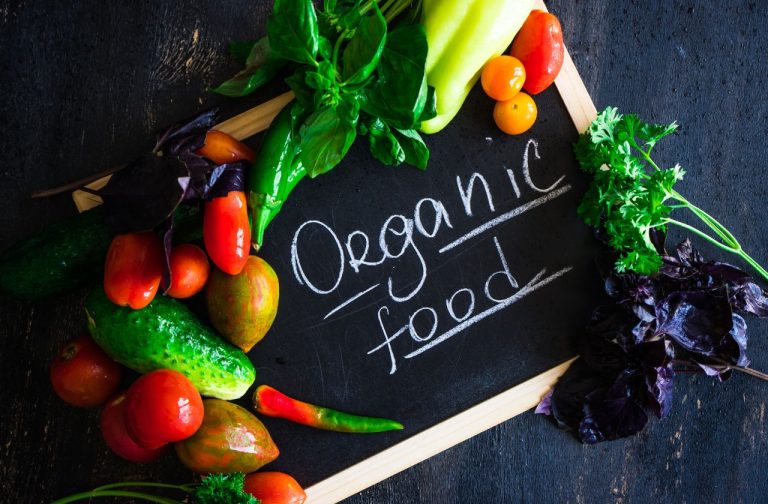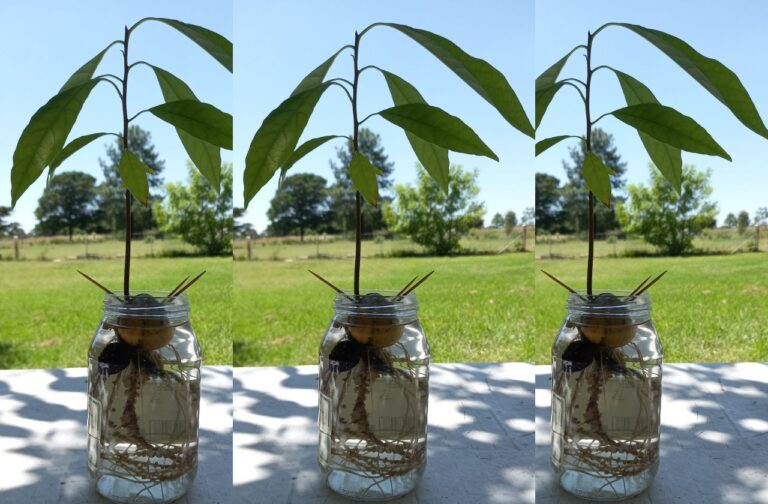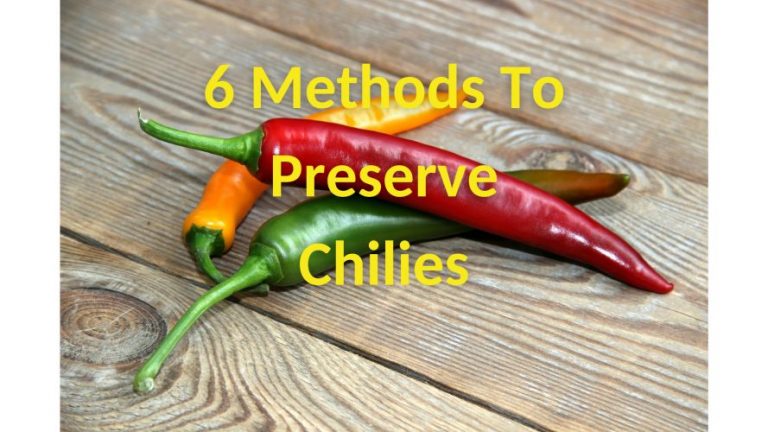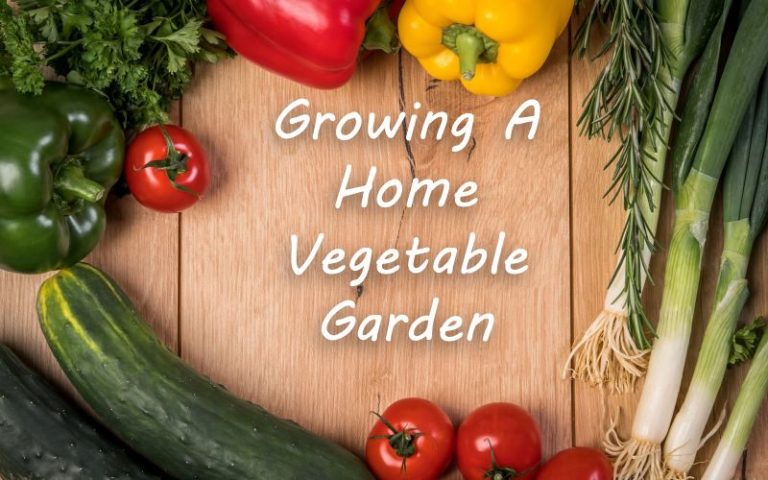Best Net Pot Size For Hydroponics
I get commissions for purchases made through links in this post. View our Affiliate Disclaimer.
Choosing the best net pot size for hydroponics is one of the most critical yet often overlooked aspects of setting up a successful hydroponic system. Net pots play a pivotal role in hydroponics, housing the plant and its roots and facilitating the efficient uptake of nutrients. The net pot size can significantly impact your plants’ growth, health, and productivity. But with so many available sizes, how do you know which is best for your hydroponic system?
The most common net pot sizes in hydroponics are 3-inch and 2-inch or 76.2mm and 50.8mm pots. Smaller pots of 1.5 inches or 38mm can be used for smaller plants, but they can be difficult to source. Larger 6-inch or 152.4mm net pots are available for larger plats or plants with larger root systems.
We will investigate the importance of net pot size in hydroponics, explore the effects of different sizes on plant growth, and provide practical tips to help you select the most suitable net pot size for your specific hydroponic setup. Let’s embark on this journey to optimize your hydroponic gardening experience!
Importance Of Choosing The Best Net Pot Size For Hydroponics

The choice of net pot size plays an important role in the success and effectiveness of hydroponic systems, as it directly affects plant growth and overall system performance.
The selection of an appropriate net pot size is crucial in hydroponics as it directly influences plants’ stability, root growth, and nutrient uptake.
Using small net pots has several benefits. Firstly, they provide better stability to young plants by holding them firmly in place. Additionally, they allow for more efficient use of space in a hydroponic system, enabling growers to maximize their yields. Small net pots also promote denser root growth as the confined space encourages the roots to branch out and explore the available nutrients.
On the other hand, using large net pots offers advantages such as improved root zone oxygenation due to increased air circulation around the roots. This helps prevent issues like root rot and enhances overall plant health. Moreover, larger net pots accommodate larger plants with more extensive root systems, allowing for optimal nutrient uptake and support for vigorous growth.
Factors To Consider When Choosing The Net Pot Size
Choosing the right net pot size for your hydroponic system is a critical decision that can significantly impact the success of your plant growth. Here are some key factors to consider when selecting the ideal net pot size:
- Type of Plant: Different plants have varying root structures and growth habits. Some plants have large root systems that require larger net pots, while others with smaller root systems can thrive in smaller net pots. Understanding the specific needs of the plants you intend to grow is essential.
- Growth Stage: The growth stage of your plants is another crucial factor. Seedlings and young plants often do well in smaller net pots. As the plants grow and their root systems expand, they may need to be transferred to larger net pots to accommodate their growth.
- Hydroponic System Design: The design and size of your hydroponic system can also influence the size of the net pots you choose. Smaller net pots may be more suitable if you’re working with a smaller system or one that accommodates many plants. Larger systems or those designed for fewer, larger plants may benefit from larger net pots.
- Nutrient Uptake: Larger net pots allow more room for roots to spread and absorb nutrients, leading to healthier and stronger plants. However, smaller net pots can also be effective if they encourage dense root growth and efficient nutrient uptake.
- Oxygenation: Larger net pots generally provide better oxygenation due to increased air circulation around the roots. This can help prevent problems like root rot and enhance overall plant health. However, smaller net pots can also provide adequate oxygenation if properly managed.
- Stability: Smaller net pots can offer better stability for young plants, holding them firmly in place. This can be particularly important in the early stages of plant growth.
- Space Utilization: Smaller net pots can allow you to grow more plants in the same area if you’re working with limited space. However, if space isn’t a concern, larger net pots can accommodate larger plants and potentially yield larger harvests.
By considering these factors, you can decide on the best net pot size for your hydroponic system, leading to healthier plants and more successful harvests.
The Effects Of Different Net Pot Sizes On Plant Growth

Different net pot sizes can significantly impact the growth, development, and yield of plants in hydroponic systems. The net pot’s size directly affects nutrient uptake and root development.
A larger net pot provides more room for roots to spread out and grow, allowing for increased nutrient absorption. This leads to stronger and healthier plants with better overall growth.
On the other hand, smaller net pots restrict root growth and can limit nutrient uptake, potentially leading to stunted or underdeveloped plants.
It is important to choose a net pot size that matches the specific plant’s needs, considering factors such as its mature size and growth rate.
Finding the right balance between providing enough space for roots to thrive while also maximizing nutrient uptake is crucial for optimal plant growth in hydroponic systems.
Common Net Pot Sizes Used In Hydroponics
Common sizes of net pots are often utilized in hydroponic systems to provide optimal conditions for plant growth and nutrient absorption.
When it comes to choosing the right net pot size, there are several options available.
Smaller net pots, typically ranging from 2 to 3 inches (50mm – 76mm) in diameter, are commonly used for smaller plants or seedlings. These smaller sizes allow for better root support and prevent excessive water retention.
On the other hand, larger net pot sizes, such as 4 to 6 inches (101mm – 152mm) in diameter, are ideal for larger plants with more extensive root systems. They provide ample space for root expansion and allow for increased nutrient uptake.
Very small net pots of 1.5 inches or 38mm are ideal for growing smaller plants, such as the smaller loose-leaf lettuce varieties, but these net pots are not always easy to source.
Additionally, using different net pot sizes offers advantages such as flexibility in planting different types of crops and optimizing space utilization within the hydroponic system.
Tips For Selecting The Best Net Pot Size
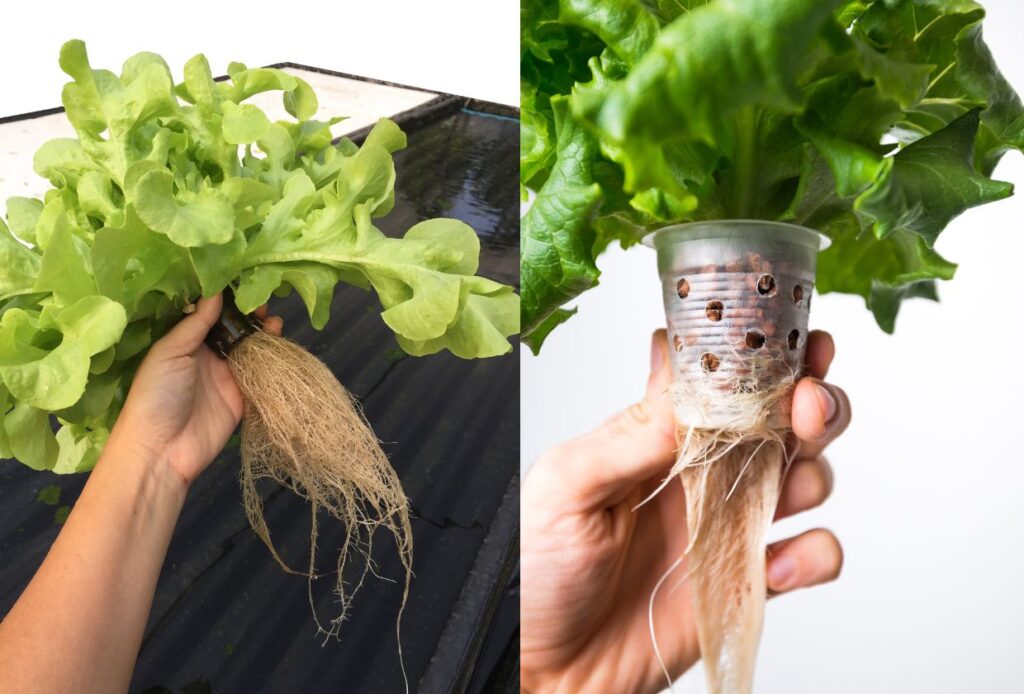
Careful consideration should be given to selecting the appropriate net pot size based on plant species and desired growth outcomes to optimize the efficiency of a hydroponic setup.
Net pots are used in various hydroponic system types due to their convenience and numerous other benefits. Here are some tips for selecting the best net pot size for your hydroponic setup:
- Consider plant species. Different plants have varying root structures and growth habits. It is important to choose a net pot size that can accommodate the specific needs of your plants.
- The balance between support and oxygenation. The net pot should provide adequate support for the plant while allowing ample oxygenation of the roots.
- Growth stage and final size. Take into account the growth stage of your plants and their expected final size when selecting a net pot size, as this will determine how much space they require.
By taking these factors not account, you can ensure that you select an appropriate net pot size that promotes optimal growth and yields in your hydroponic system.
Take the Next Step in Your Hydroponic Journey
Now that you’re equipped with the knowledge to select the best net pot size for your hydroponic system, it’s time to put that knowledge into action. Whether you’re a beginner in hydroponics just starting out or an experienced grower looking to optimize your system, the right net pot size can make all the difference in your plant’s growth and productivity.
If you found this article helpful, share it with other hydroponic enthusiasts. The more we share our knowledge, the more we can collectively advance in our hydroponic journeys.
Hydroponic Net Pot FAQs
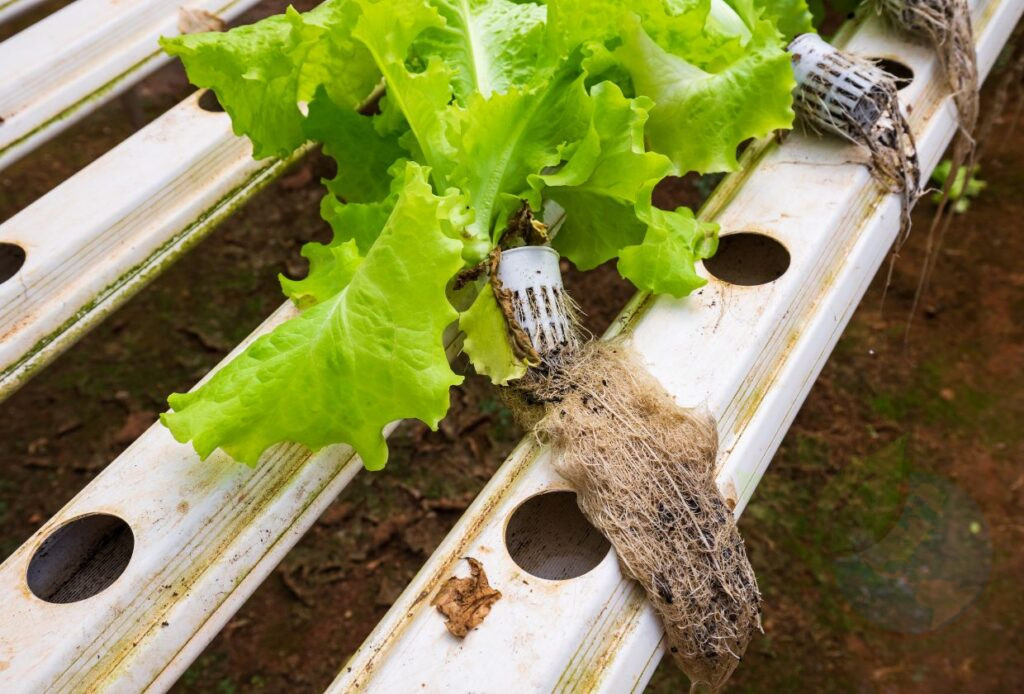
1. What is the best net pot size for hydroponics?
There isn’t a one-size-fits-all answer to this question, as the best net pot size depends on various factors, such as the type of plant, its growth stage, the design of your hydroponic system, and the space available. However, common sizes range from 2 to 6 inches in diameter.
2. Can I use the same net pot size for all plants in my hydroponic system?
While it’s possible to use the same net pot size for all plants, it may not be the most effective approach. Different plant types have different root structures and growth habits, so they may require different net pot sizes for optimal growth and nutrient uptake.
3. How does net pot size affect plant growth in a hydroponic system?
The size of the net pot directly affects both nutrient uptake and root development. Larger net pots provide more room for roots to spread out and grow, allowing for increased nutrient absorption, which can lead to stronger and healthier plants. On the other hand, smaller net pots restrict root growth and can limit nutrient uptake.
4. Can I start with a small net pot and then move to a larger one as the plant grows?
Yes, many growers start their plants in smaller net pots and then transfer them to larger ones as they grow. This can be an effective way to manage plant growth and ensure optimal nutrient uptake at different stages of growth.
5. How does net pot size affect oxygenation in a hydroponic system?
Larger net pots generally provide better oxygenation due to increased air circulation around the roots. This can help prevent problem issues like root rot and enhance overall plant health. However, smaller net pots can also provide adequate oxygenation if properly managed.
6. How do I choose the right net pot size for my hydroponic system?
Consider factors such as the type of plant you’re growing, its growth stage, the design of your hydroponic system, nutrient uptake needs, oxygenation, stability, and space utilization. Understanding these aspects can help you choose the most suitable net pot size for your specific needs.
7. What material are net pots usually made of?
Net pots are typically made from plastic. They are designed to be durable and resistant to the moist environment of a hydroponic system. Some net pots are made from recycled materials, making them an eco-friendly choice.
8. Can I reuse net pots for multiple growing cycles?
Yes, net pots can be reused for multiple growing cycles. After each cycle, it’s important to thoroughly clean and disinfect the net pots to remove any residual nutrients or potential pathogens. This helps ensure the health and success of your next crop.
9. How many plants can grow in one net pot?
Typically, one net pot is used for one plant. This allows the plant’s root system to grow and spread out without competition. However, for smaller plants or seedlings, it might be possible to grow multiple plants in a larger net pot. Always ensure each plant has enough space for root growth and nutrient uptake.
10. Does the shape of the net pot matter?
Net pots are usually round, but they can come in other shapes, such as squares. The shape doesn’t significantly impact the plant’s growth, but it might influence how you arrange the pots in your hydroponic system. Choose a shape that fits well with your system’s design and layout.
Conclusion
Selecting the appropriate net pot size is crucial for optimizing plant growth and maximizing the benefits of hydroponics. When choosing a net pot size, plant species, root system size, and desired nutrient uptake should be considered.
By understanding the effects of different net pot sizes on plant growth, hydroponic growers can make informed decisions to ensure successful cultivation.
Additionally, using common net pot sizes in hydroponics and following tips for selecting the best size will further enhance the efficiency, effectiveness, and productivity of your hydroponic setup.
Get more posts like this
Subscribe to our mailing list and get interesting homesteading and green living info and updates to your email inbox.
Thank you for subscribing.
Something went wrong.


